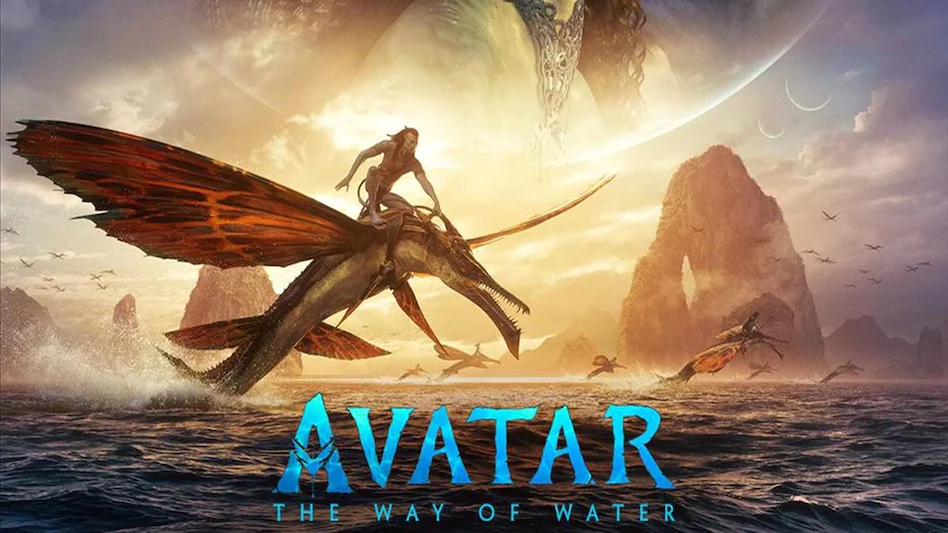Avatar: The Way of the Water, which had the biggest release of all time in Japan, lost out on the top spot last weekend to an animation basketball film called The First Slam Dunk. Additionally, a number of theatres around the country experienced technical issues, with one in central Japan being forced to switch from the standard 48 frames per second to 24 frames per second, according to Bloomberg.

According to reports, moviegoers were given refunds and turned away from other showings. United Cinemas Co., Toho Col., and Tokyu Corp. are a few of the theatre chains mentioned by fans as having problems. They also declined to comment on the issue. Due to the need for the most recent projectors or updates to existing ones, not many movie theatres can playback high frame rate (HFR) 48 fps content. In a typical scenario, movie theatres would know which formats they could play and make plans appropriately. However, HFR has been used so infrequently that mistakes could be expected.
There are several formats for Avatar: The Way of the Water, including 2D 48 fps, 3D 48 fps, and standard 24 fps. The HFR technology is only used in the action moments in the 48 frames per second edition; dialogue and slower scenes are slowed down to 24 frames per second (by duplicating frames). Although Devindra Hardawar of Engadget enjoyed the movie at 48 frames per second, she acknowledged that the technology is still controversial. The Hobbit trilogy and Gemini Man, both directed by Ang Lee, were prominent HFR uses. I claimed that high frame rates work best with the 3D format when it first debuted in 2012 because they reduce the possibility of eye strain and even nausea. Since it is not a concern in 2D, 24 frames per second provides the most realistic appearance while removing the video game/soap opera effect that many people find objectionable.



